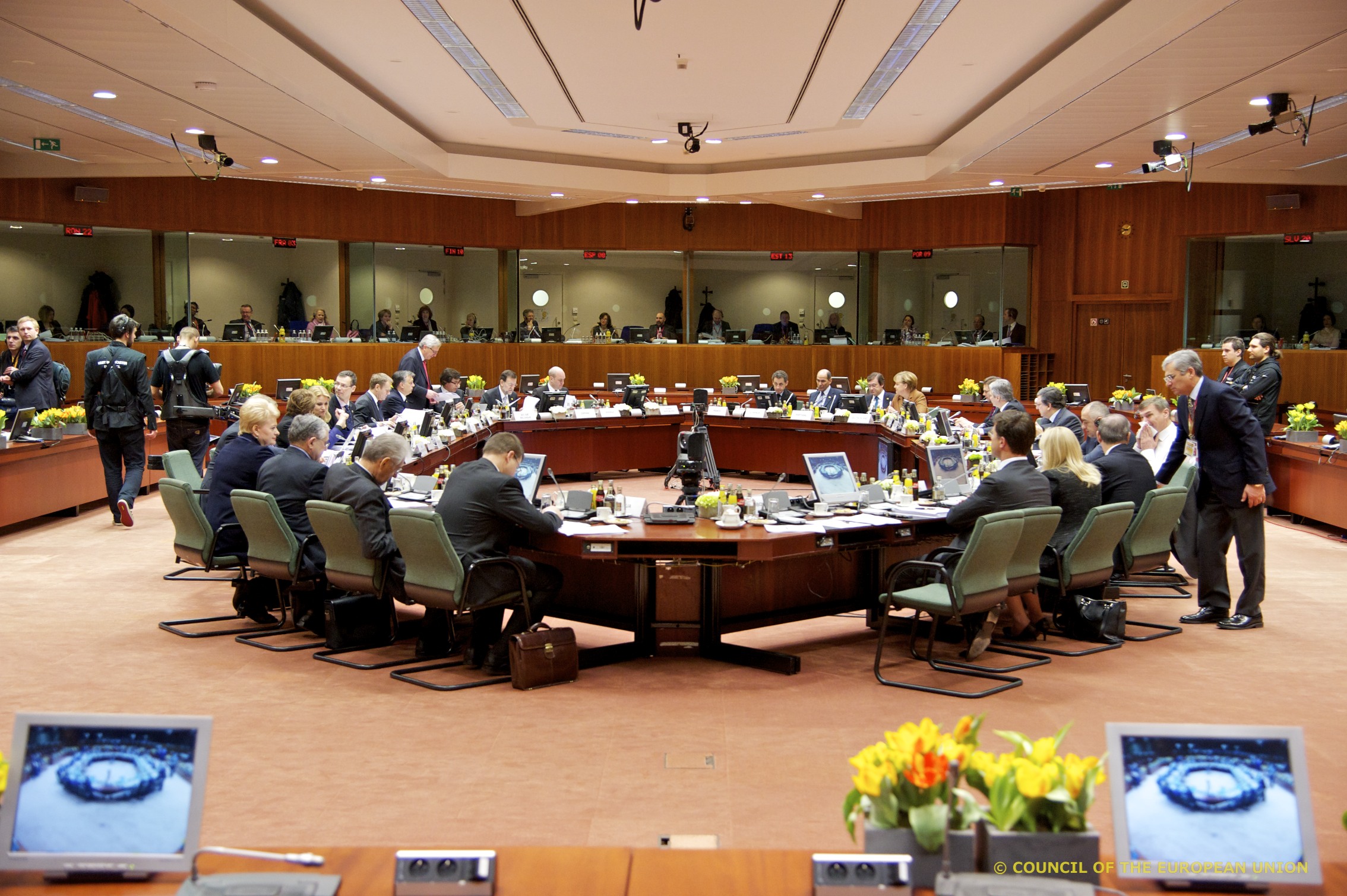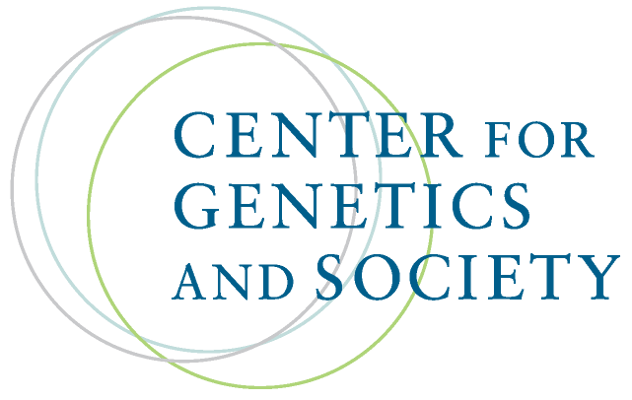Aggregated News

Image by European Council from Flickr
In some European Union nations, the forced sterilisation of people with disabilities is still a widespread and concerning practice that blatantly violates their fundamental rights and human dignity. The scope of forced sterilisation in the EU was discovered through a study carried out by the European Disability Forum. At least 14 EU members still engage in the practice, with three of them Czechia, Hungary, and Portugal explicitly allowing it on children despite worldwide criticism and established legal frameworks which prohibits forced sterilisation such as United Nations Convention on the Rights of Persons with Disabilities, which is ratified by the EU and all its Member States, and It is also forbidden under the Council of Europe Convention on preventing and combating violence against women and domestic violence (‘Istanbul Convention’). Only nine EU nations forbid forcible sterilisation.
Moreover, The United Nations Convention on the Rights of Persons with Disabilities (“UNCRPD”), lacks explicit mention of forced sterilisation in treaty text, but the Committee on the Rights of Persons with Disabilities has gone on to emphasise protection...



